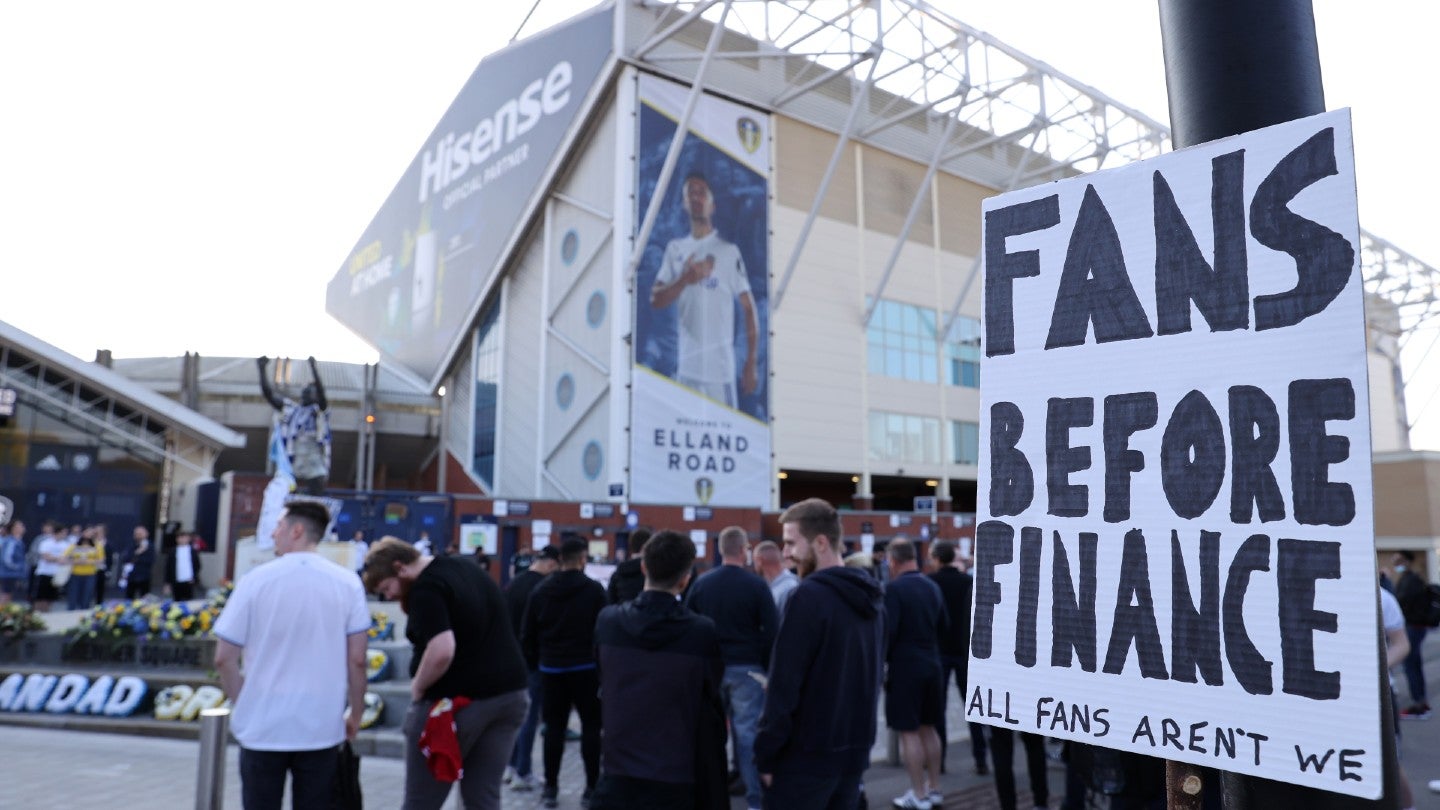
The UK government’s proposals for regulating English and Welsh professional soccer puts the financial sustainability and economic viability of clubs throughout the game’s ‘pyramid’ at the core of its aims to protect these institutions from over-ambitious, mendacious, or even plain foolish owners.
Given this focus, it could be expected that the regulator should resemble the Bank of England in its role of ensuring the sustainability and viability of the financial sector – its leader ending up as the Andrew Bailey, the current governor of the Bank of England, of soccer.
But given the interdependent financial dynamics of soccer clubs, they might be better off looking for the real Dr. Strangelove – aka John Von Neumann, the pioneer of game theory, which became the basis for the West’s nuclear deterrence strategy, and then the competitive strategy of large corporations.
Rather than achieving financial sustainability through the imposition of hard squad spending caps, or a slightly softer maximum percentage of revenue constraint – as this might bake in a hierarchy of ambition and performance which counters the spirit of soccer – the government white paper on football regulation proposes three lighter measures.
Firstly, an approval scheme for club business plans, backed up by a club licensing and sanctions and penalty regime. Secondly, a fair distribution of wealth from the top-tier Premier League (PL) to the rest of the domestic pyramid, based on the assumption that the current distribution – its current level and especially its use of parachute payments to clubs relegated from the PL – contributes to the financial instability of the lower leagues, especially the second-tier Championship.
Thirdly, prohibitions of specific forms of community and heritage-destroying behavior – namely mortgaging the stadium which could mean the club has to move away from its community or change its name or kit colors.
While it might be tempting to think you can deal with the first by simply applying tests on the adequacy, source, and reliability of the capital used to support a club’s business plan, like banking capital adequacy ratios, in practice these will be hard to impose.
It will risk the twin dangers that a hard-edged penalty and sanctions regime might compound the problems of a club that is running out of available funds, or that a softer regime leads to a large number of rushed bailouts in order to protect the heritage and brand of the club in question, to prevent the collapse of another Bury FC (the case that arguably led to the pressure for government intervention).
The alternative is to assess the sustainability and viability of the underlying business plan itself, whether its assumptions on spending levels, likely on-pitch performance, and revenue growth are broadly correct or at least consistent with each other.
Crucially, this requires not just an assessment of an individual club’s fan base size and the link between its squad spending and the likelihood of promotion or relegation, but also an assessment of the plans of all its near rivals for promotion and relegation.
Put simply, a division of 24 clubs where at least 15 of them are spending on the assumption that they have a 50% chance of promotion in the next two years is probably inconsistent. However, it might also be individually rational for each club to keep on spending that way, especially if the only constraint is how deep their pockets are rather than protecting shareholder returns. Not to keep spending when everyone else is might unfortunately increase the chances of relegation.
That means the regulator may have to disallow a fan-building and promotion-orientated business plan that makes perfect sense if one club pursues it alone, but not if several clubs have similar plans. It will depend on how many clubs have such a plan versus the odds of successful execution – and that’s where the real Dr. Strangelove – and game theory itself – is needed to assess whether a business plan is viable or not.
Such an approach might be even more important when it comes to the regulator using its backstop powers to adjudicate revenue distribution across the pyramid – most notably how, and how much – the PL shares with the rest of the pyramid.
The current parachute payments to relegated teams from the PL mean their odds of promotion in the next two seasons are at least twice as high as other Championship clubs that have not been in the PL recently – even ones with larger fan bases that could support league title challenging levels of squad spending. This has led to the so-called ‘yo-yo’ clubs, such as Norwich and Burnley, which bounce between the two divisions regularly.
The key test for the financial sustainability of the rest of the clubs in the Championship is whether replacing the parachute payments with both more money for all the Championship clubs and a more even spread among them, might reduce incentives for individual clubs to overspend and make the whole system more sustainable.
A further test is to see what impact it might have on the sustainability and competitiveness of PL clubs outside the largest six or seven global brands whose odds of bouncing back to the PL within two years if they are relegated will have reduced. Also, what impact that might have on the competitive balance of the PL, the value of its commercial rights globally, and the pot of money available for sharing out in the future.
This will all require some complex game theory-type dynamic simulation modeling every bit as complex as working out how the West responds to the threats of long, medium, and short-range nuclear missiles.
Luckily, the government and the regulator won’t have to resurrect Neumann (he died in 1957) – companies like O&O use game theory and dynamic system modeling all the time to assess and develop winning corporate strategies and effective regulatory regimes.
Image: Clive Brunskill/Getty Images



